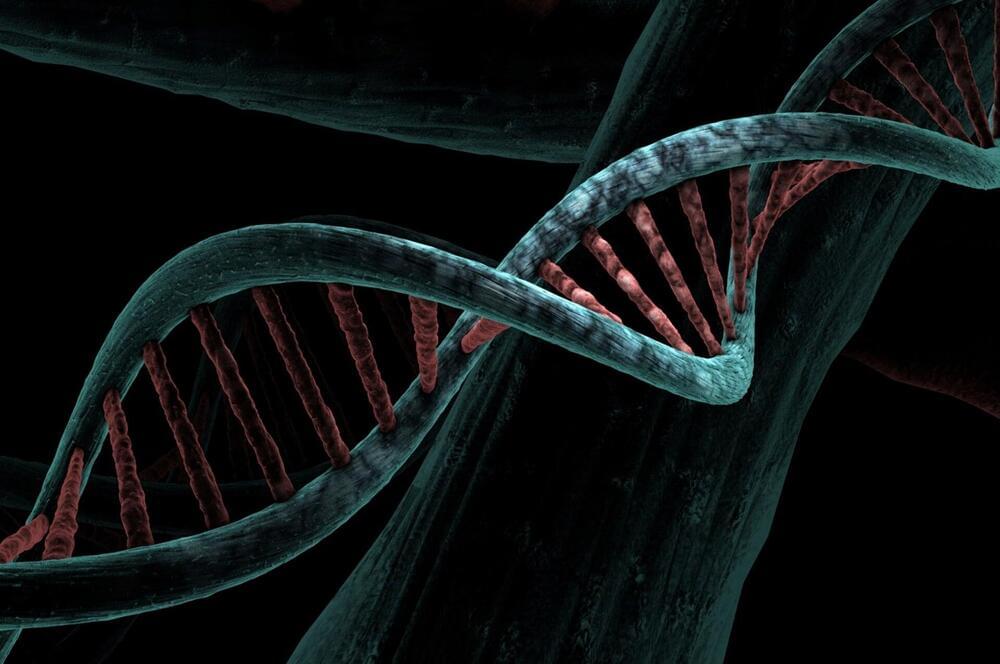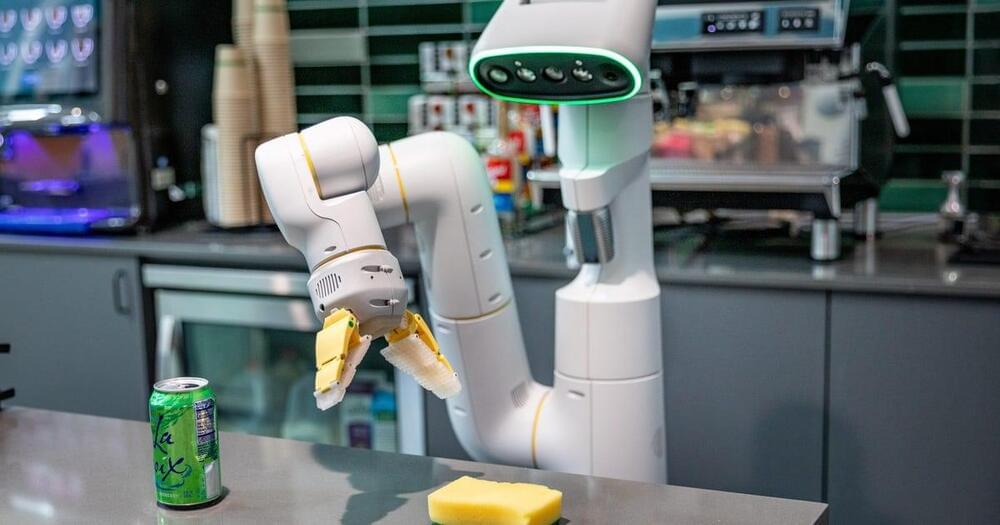It’s called the C/2022 E3 (ZTF) comet.
A comet that last appeared in the night sky during the Ice Age will soon make a reappearance in February 2023, according to a NASA statement published last week. Called the C/2022 E3 (ZTF) comet, it orbits the sun every 50,000 years. It will now pass within 26 million miles of Earth on February 1st, 2023.
It could also be visible to the naked eye in mid-to-late January. The comet can be seen using binoculars and low-level telescopes when the skies are clear.
NASA/Dan Bartlett.
Called the C/2022 E3 (ZTF) comet, it orbits the sun every 50,000 years. It will now pass within 26 million miles of Earth on February 1st, 2023.









